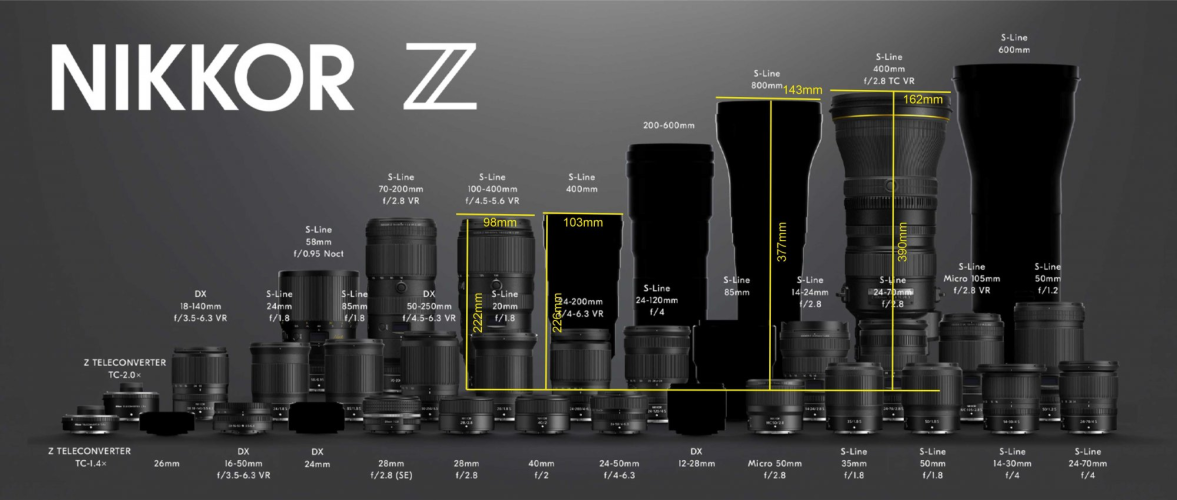I follow UK prices as a global indicator of top end Nikon products.; telephoto width is a useful indicator of RRP in UK £. Approx averages : 200 f2 (5200), 300 f2.8G (4800);
500 f4 (9000)
400 f2.8 (11000), 600 f4 (10800), 800 f5.6 (16400)
The 500 f4 and 800 PF (125, 127mm) have larger windows than 200 f2 and 300 f2.8 (100, 107mm) but narrower than 800 f5.6 (143), 400 f2.8 (142), 600 f4 (150). The shells of this most expensive trio are similarly close in width. These are at least ~160mm wide. And the 400 f2.8S TC and 600 f4S are in the same league.
These all need huge front elements, which are costly to produce out of carefully annealed blanks of propriety Nikon glass, which must have zero impurities and blemishes etc even before machining and polishing.
There must be similar if not greater challenges mass producing Fluorite elements of similar widths. The optical designs of the fast 400, 500, 600 and 800 have 2 huge Fl elements as the 1st and 2nd, which reduce mass and gives better balance.
In all their key attributes, these exotic telephotos are bespoke optics. Each is assembled and tested (at least in the final stages) by skilled technicians who sign off on each new prime, and I know a Nikon ambassador/ NPS pro's who shook the hand of the elderly gentleman who built his 600 f4E (on factory tour).
And note each 800mm 5.6E FL that not only has 2 huge Fl front elements, and is hand assembled and tested; but it's optimized with its paired bespoke TC125. If this TC is lost or damaged the entire pair has to be shipped back to the factory to repaired to the original standard.
However, if Nikon have included a wide fluorite front element (with the Phase-fresnel) this will arguably push up the production costs and production delays etc. But note the 500 f5.6 PF does not use fluorite. Hand assembly versus robotic assembly and testing is another big unknown; higher hands-on production costs of their older EF lenses is one reason Canon has cited recently for discontinuing production (besides pushing for MILC of course). Note the 89mm window of the 500 PF:- with no fluorite in the optical design. The PF does the critical work, presumably: corrected by the 3 ED smaller elements posteriorly
The 800 f6.3S PF is estimated at
143mm wide, and it must have a 127mm window; this is close to the 125mm window of a 500 f4. This means < £10000 is likely - arguably its RRP could be closer to £8000 IF Nikon opted to reduce production costs with less, narrower elements: including positioning a narrower PF element further back in the design (less costa in production challenges etc). Basically, all this is speculation....we still face too many unknowns (especially Nikon being so secretive).
Anyways, fairly soon we should hear how bad is the fiscal news! I agree fully Nikon are at another fork in the road if they want to price this 800 PF to increase profile and demand for the Z System or perpetuate their stratospheric exotic strategy of the olden day markets.
You can only see EXIF info for this image if you are logged in.


